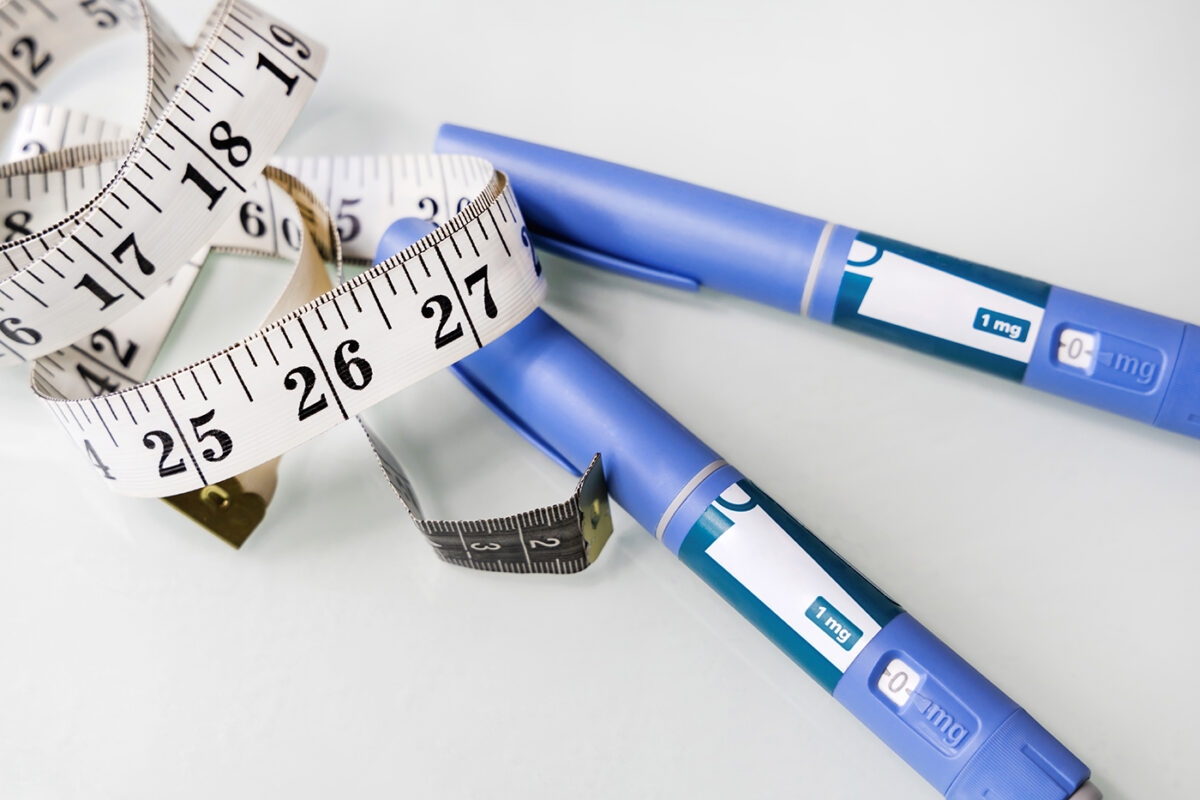
Author
Craig Wilson, JD, MPA
Director, Health Policy
Contact
ACHI Communications
501-526-2244
jlyon@achi.net
In recent years policymakers have put forward various proposals for modifying the Supplemental Nutrition Assistance Program (SNAP) in ways intended to improve the health of beneficiaries. Studies have examined the effectiveness of strategies for achieving this goal through incentives or disincentives — or both.
A 2016 study showed improvements in the nutritional quality of SNAP beneficiary diets through incentive only (financial reward) or disincentive only (purchase restrictions). However, the observed improvements in nutritional quality were significantly better among SNAP beneficiaries when exposed to both incentives and disincentives.
A 2018 study modeled the health effects and cost-effectiveness of the following strategies to incentivize healthier SNAP purchases:
- A 30% financial reward for fruit and vegetable purchases, which the authors estimated could prevent 303,900 cardiovascular events and save $6.77 billion in healthcare costs.
- A 30% financial reward for fruit and vegetable purchases, plus exclusion of sugar-sweetened beverages (SSBs) from the list of eligible items for purchase with SNAP benefits, which the authors estimated could prevent 797,900 cardiovascular events and save $39.16 billion in healthcare costs.
- A 30% financial reward for purchases of fruit and vegetables, nuts, whole grains, fish, and plant-based oils, plus a 30% financial disincentive for purchases of SSBs, junk food, and processed meats, which the authors estimated could prevent 940,000 cardiovascular events and save $41.93 billion in healthcare costs.
A 2022 review found that children in SNAP consumed more sugar-sweetened beverages, high-fat dairy, and processed meats than income-eligible nonparticipants, increasing their risk of diet-related diseases. Other U.S. Department of Agriculture food assistance programs, such as the Special Supplemental Nutrition Program for Women, Infants and Children and the National School Lunch Program and School Breakfast Program, improve diet quality.
A 2024 review found that implementing restrictions on SSB purchases with SNAP benefits led to reductions in SSB purchases and consumption.
Along these lines, the American Academy of Pediatrics has recommended that federal nutrition assistance programs including SNAP “should aim to ensure access to healthful food and beverages and discourage consumption of sugary drinks.” While combined strategies including both incentives and disincentives may demonstrate optimal improvements in nutritional status for SNAP beneficiaries, restriction-only strategies nonetheless show some limited nutritional improvement. Additionally, the viability of combined strategies may be more limited due to operational costs and political commitment.






